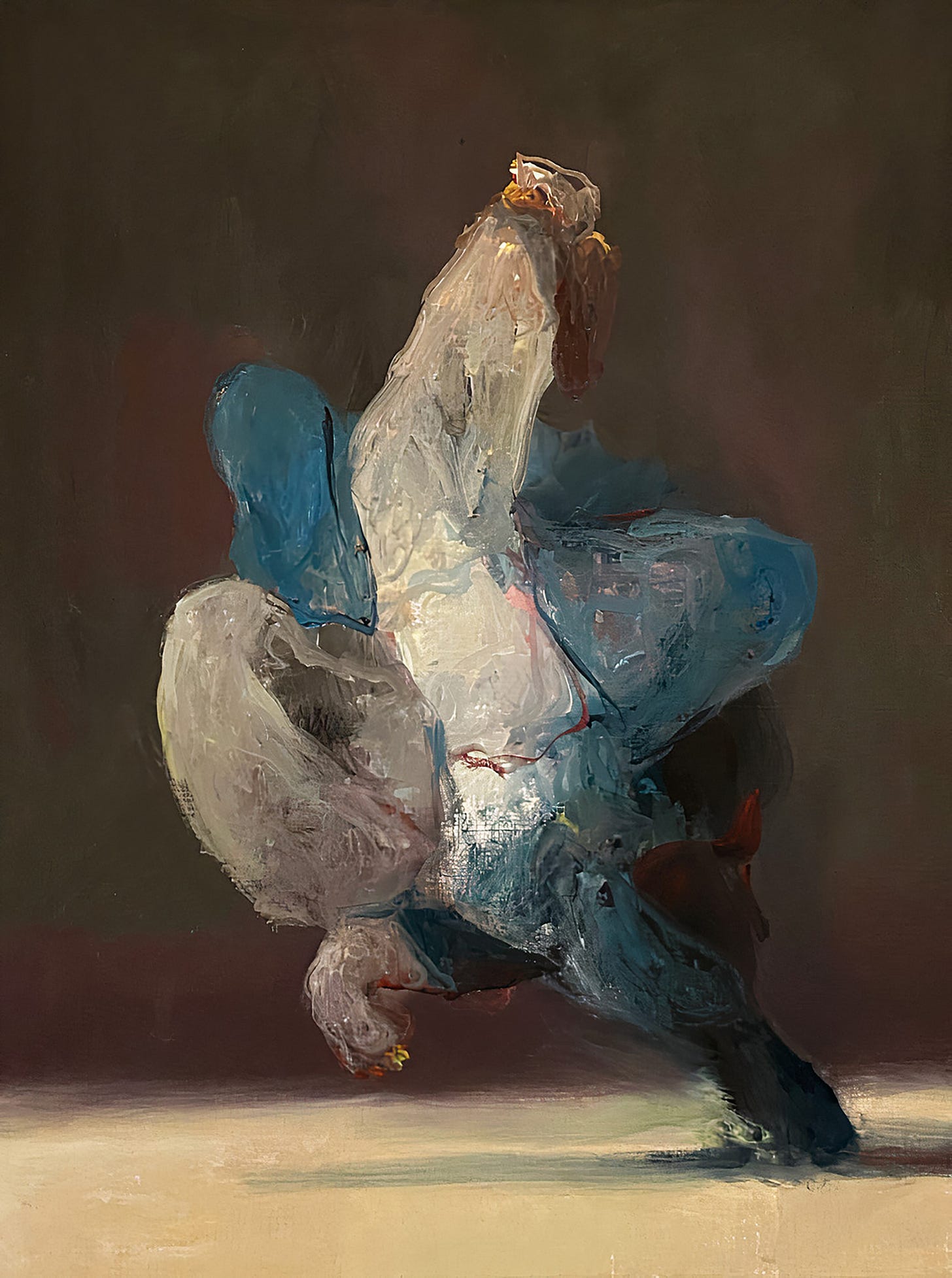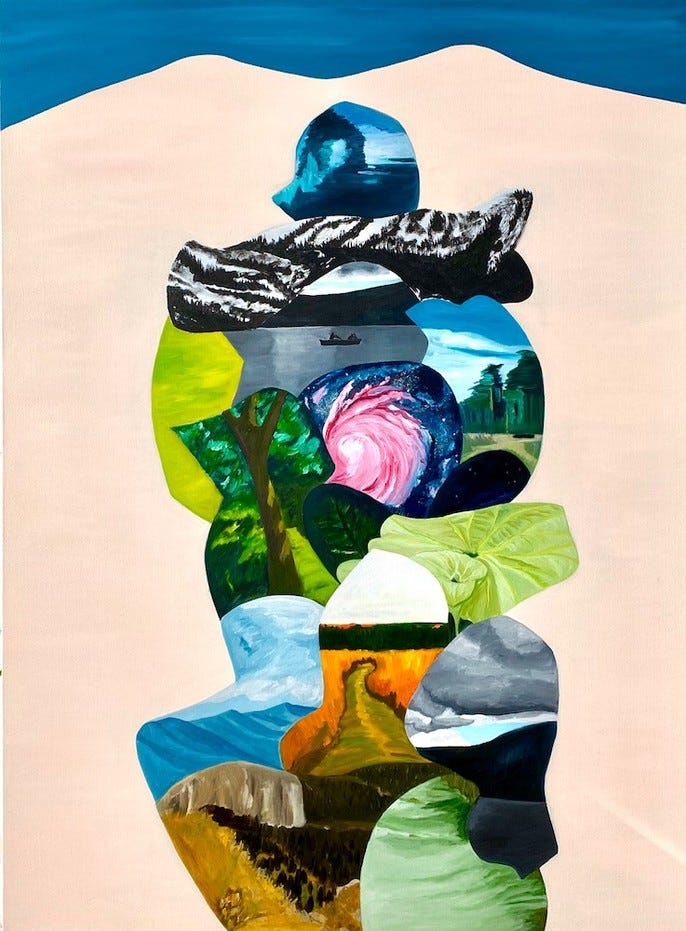“What Is the Function of Painting?”
WORLD VIEWS ONE / In which I ask a few people around the world the same question and see what different answers are received.
JOSEBA ESKUBI, Bilbao
To answer this question, I can think of no other possibility than to speak from my own personal experience, both as a painter and as a spectator of works. I consider painting as a territory that is always open to multiple readings and sensations. I view the practice of painting as a constant drift from previous expectations, a process susceptible to the unexpected and uncertainty. Each painting serves as a thrust for the next, and in this way the work flows through time, becoming intimately linked to one’s life experiences. Each person will find a different way of dealing with painting. This diversity is what makes its practice so intense and endless. Painting is truly amazing—the handling of a ductile and malleable material, always the same but always different, it remakes itself in each Painter as a unique and unrepeatable act. Painting is also the territory where the gazes of others meet, allowing multiple readings of the same work because painting is alive, and voices from the past resonate in the present, making our experience in front of it constantly renewed.
MADELEINE HATZ, Stockholm
Painting as a practice is cosmic responsibility. The function of the individual painting is to offer an encounter, face to face. This requires a stillness, a slowing down of the gaze, and a steadying of the focus. Then the depth will open to reveal the subtle movement of dreams.
SHEILA LANHAM, New York
A standard definition of the function of painting would be an expression of personal, social, political or spiritual concerns. I tend to think painting continues to function as the same visual communication rooted in tribal gatherings via cave paintings. Early cave paintings expressed a comprehension of commonality through shared experiences, associations, and spiritual perceptions. Painting has functioned as an affirmation of human existence through recorded intuitive experiences for over 40,000 years. Today, painting continues to define intuitive thoughtprocesses and communicate to any number of our aesthetic ‘tribes’. Our ancestors would not have survived without intuitive thoughts and actions. Artists, poets, and musicians are our modern day intuitives. They preserve our cultural roots: whether personal, spiritual, social, or political. And, painting functions as a testament of our consciousness of nature as something other than our self. Nature appeared from nowhere, or, from nowhere via God, depending upon your beliefs. Painting also functions as a vehicle to express our perception of space and as a testament of our spirituality. Though our tribes have moved towards spatial and psychic communication via the internet, our actions reveal that we continue to need to touch (the keyboard), to see or speak our words, to see our images, to understand our people and their actions, and express faith through shared experiences. So, basically, the standard definition applies, but it really is much deeper.
Image Credits:
Joseba Eskubi: Untitled, 2021. Oil on paper, 11 3/4 x 11 3/4 inches
Madeleine Hatz: Green Rain, 2020. Pigment, medium, and oil on canvas, 98 x 114 inches
Sheila Lanham: World View Series #10, 2020. Oil on canvas, 54 x 40 inches





As a noun or a verb, seeing through, is the driving concern. In conjuring through process or looking beyond as a model for insight, I agree with Kurt below that painting allows artists to hold on to their minds.
I resonate with Joseba Eskubi's response to the act of making and viewing a painting. A "unique, unrepeatable act" that may be interpreted differently by many minds in many ways throughout time. Much of the power and poetry of painting can be found in its multivalent nature. Thanks for posting.